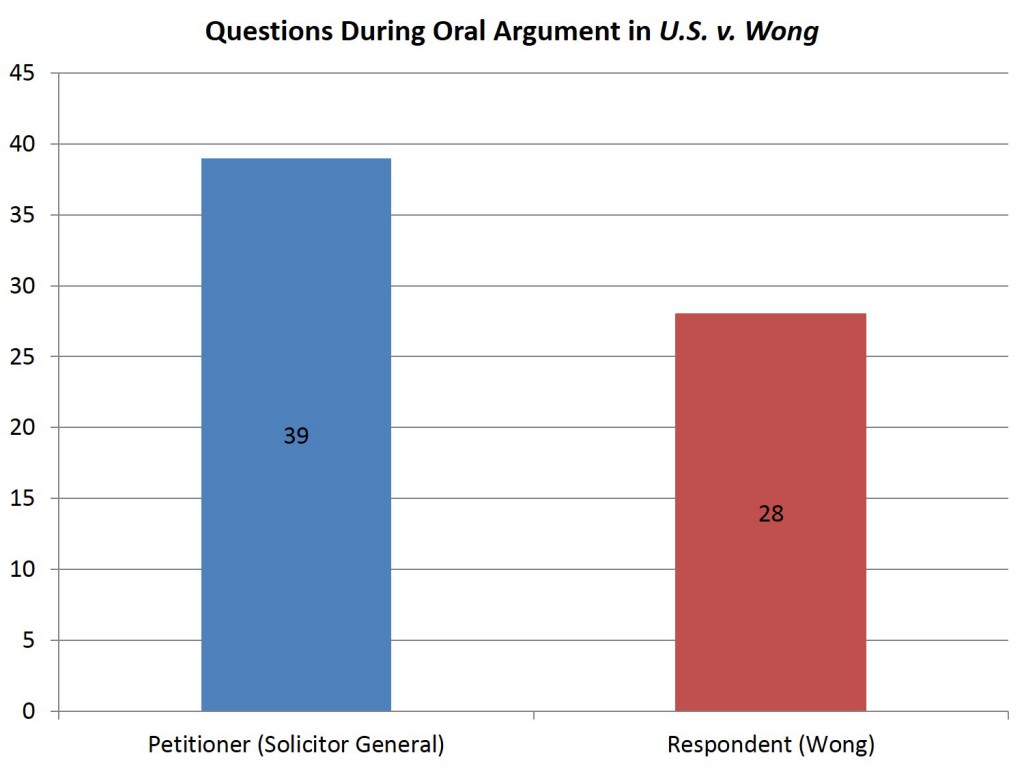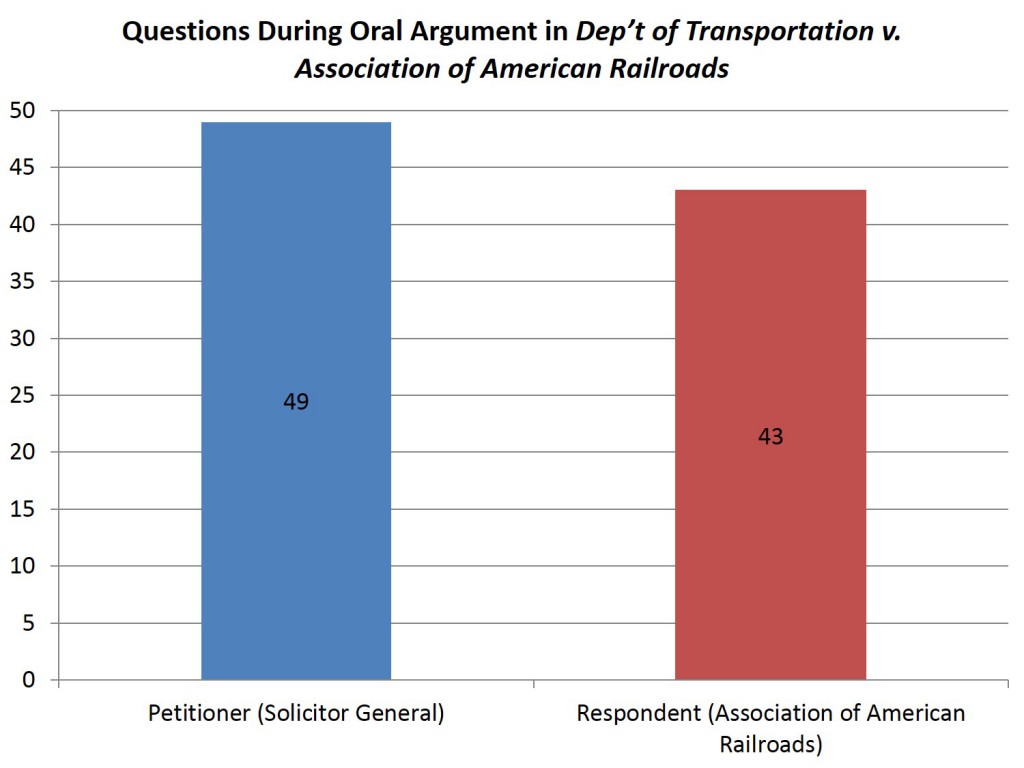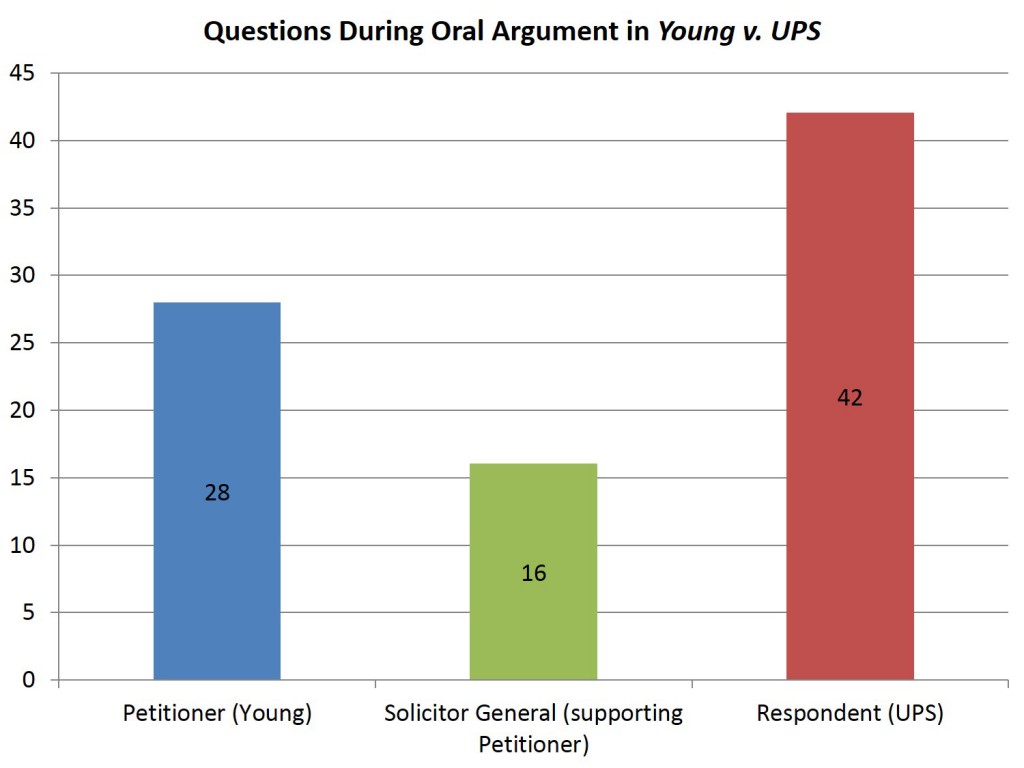Why do we care about what goes on behind closed doors at the Supreme Court? Do the justices have some sort of responsibility to ensure that the American people learn, at some point, the “inside” story of the Court? A recent article in the New Yorker by Jill Lepore on the theft of some of Justice Frankfurter’s papers, along with a provocative response by Michael Dorf, raise yet again these perennial questions.
We can all agree that there is something of value in getting behind the scenes at the Supreme Court. Journalists and historians delve into the available records and resources—correspondence, unpublished opinions, conference notes, interviews with justices and clerks—to try to recreate what happened. As a result of these investigative forays, today we have extensive knowledge of what was happening within the Court as the justices deliberated over many of the Court’s most significant decisions. Most recently, Joan Biskupic’s book on Justice Sotomayor made news with her revelation that Justice Sotomayor had written a sharp dissent in an affirmative action case that was never published when some of the justices, apparently influenced by Sotomayor’s dissent, switched sides.
But the question remains: what exactly is the value of these revelations? Historians and reporters don’t typically concern themselves with this question. These are important events, and their job is to find out as much about them as possible. Thus we lament justices who restrict access to their papers or, worse, justices who destroy their papers. But the question becomes more difficult when we shift perspective from that of the historian or journalist to that of the Supreme Court justice. Do the justices have a special responsibility to preserve the records pertaining to their work? Should we have laws that require them to do so, as we do in other areas of government? Professor Dorf raises the legitimate point that in order to determine whether this responsibility really exists and how far it should go requires an assessment of the value of these behind-the-scenes stories.
I agree with Dorf that this issue is harder than we might assume. To simply claim that the justices have a responsibility to “history” feels intuitively gratifying, but it does not resolve the issue. Yet I think that Dorf provides too narrow an assessment of how we might measure the value of materials relating to the inner workings of the Court.
Dorf concludes that the value of increased knowledge of the internal workings of the Court “is more in the nature of a claim of art than it is about making democracy function or anything so practical.” The papers of the justices, he writes, only rarely “contain documents that are relevant to some current controversy.”
We don’t need to know what Jackson said to Frankfurter or vice-versa to learn any useful lessons about the cases they decided or about interpersonal relations more broadly. Our interest (for those of us who have an interest in such matters) stems entirely from the fact that we find the matters inherently interesting….
We can understand the broad picture of the work of the Supreme Court and its relation to other institutions without access to the Justices’ papers. But for those who find history interesting, the minutiae of the decisionmaking process and even the behind-the-scenes gossip have inherent value. We can appreciate history in the way we appreciate art—for its own sake.
This goes too far, I believe. The supposed “lessons” of history to present-day dilemmas are invariably overstated, but there is value in knowledge about the ways in which the fundamental institutions of our society function. When it comes to the U.S. Supreme Court, its written opinions give us only a partial window into how it operates. Accounts of the Court’s decisionmaking process provide additional insight. Details about how the Court actually functioned at some past point, about how the justices came to their most important decisions, is surely of some considerable value in a constitutional democracy. It deepens our understanding of what the Court did in the past, what it does today, and what it might do tomorrow.
Consider, for example, where our understanding of the Court would be without knowing that prior to the 1940s the norm within the Court was for the justices to suppress dissents in all but the most important of cases. The justices believed that in most cases the value of an individual dissent did not outweigh the value of presenting an image of a unified Court to the public. The fact that the high rates of consensus in the Court during much of its history was a product of a norm and not actual consensus tells us something vitally important about the Court and the issues it confronted. It changes our understanding of some of the unanimous opinions that came in this period, and it changes out understanding of those relatively rare dissenting opinions of the period. It also changes our understanding of the Court we have had since the 1940s, when dissenting opinions have become commonplace.
Or consider our quite thorough understanding of what happened behind the scenes in the Brown decision. Behind the united front of Chief Justice Warren’s unanimous opinion were years of false starts, cajoling, and compromise. Although I would not look to the justices’ deliberations to learn something about the problem of racial segregation in schools today, I do believe that this seminal moment reveals something about how a fundamentally conservative institution could, for a time, stand at the vanguard of one of the nation’s most important social revolutions. Bruce Ackerman’s most recent book draws on the justices’ papers to identify several moments when the Warren Court almost took some major doctrinal leap in the name of the civil rights revolution, only to pull back at the last minute for one reason or another. All of this surely has some value for those who today are considering whether the Supreme Court might advance their cause of choice.
None of this resolves the very difficult question of how far the justices’ responsibility to history, legal or otherwise, goes when it comes to preserving and making accessible their papers. My goal here is simply to offer some thoughts as to how this issue should be approached. Dorf is surely right to argue that “history’s” claim to the details of the justices’ decisionmaking process cannot serve as a blanket call for transparency. But neither can this claim be reduced to the level of Supreme Court voyeurism. When historians and journalists recreate the inner workings of the Supreme Court, they are serving the legitimate claim of a democratic citizenry for knowledge about this critically important institution.








